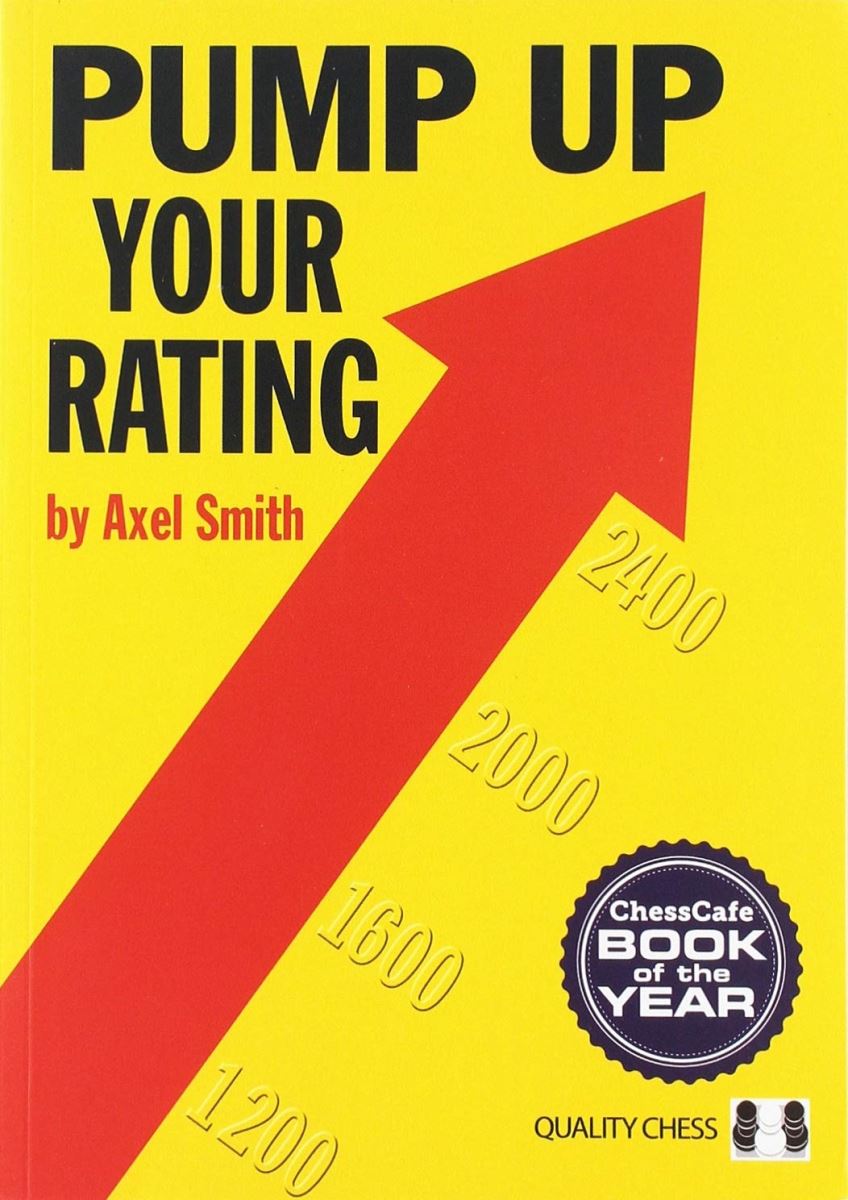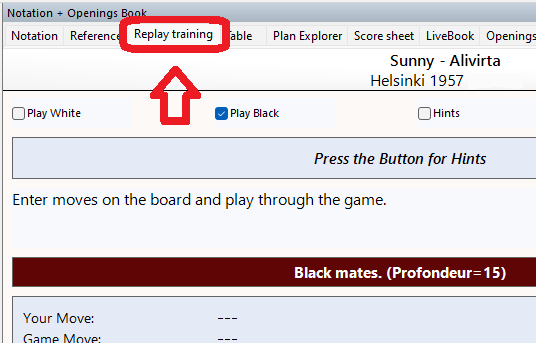


The Woodpecker Method was first described by GM Axel Smith in his breakthrough training book, Pump Up Your Rating. Despite a somewhat clickbait title, it is a serious training book of the highest order, which covers a wide variety of topics from preparation to tactics, to calculation and more. On the subject of tactics the author mentions the Woodpecker Method, named after the Swedish GM Tikkanen, whose name apparently translates as 'little woodpecker'.

The book that started it all
Tikkanen credits it with having lifted him out of a rut, and helping him obtain the GM title in short order. Another player seeking his IM title also saw a major leap after adopting it. The promises are big, but before anything you should know: it is serious work and not some magic bullet in which chess skill will seep into your brain if you tap your ruby slippers three times.
The idea goes like this: you take roughly 1000 positions from various chess literature, neither too hard nor too easy and must solve them all. Once this is accomplished, you can take a break (a day, a week, you decide) before doing the same 1000 positions a second time. This time you should strive to solve them all in half the time, or whatever you can manage. Regardless of whether you remember the solution, you should meticulously play through the entire line, and even alternatives you may have calculated from before. Once done with this process, take a break, and.... do it again!
Eventually, if you can muster the stamina and time, you may wish to try to solve all 1000 within a single 24-hour period. Smith says he managed to just barely do this, taking a little under 23 hours. Yes, really.
In both cases, Smith himself and Tikkanen, the problem they faced was actually using a variety of chess tactics books, and then referring to the solutions at the end. Even if you assume the solutions are correct, many times they will only cover the main line and leave out important sidelines that help confirm the solution. Here is an example:
The solution's mainline is 1. Qa8+ Kg7 2. Bxe5+ Qxe5 3. Qh8+ Kxh8+ 4. Nxf7+ and is usually the only line found in books that share it. However, a player would need to first consider why capturing on f7 immediately would not work (it allows a perpetual check).
Furthermore, if you were to believe a move you found is also good and see no refutation, you will either have to content your self with knowing it is not the main line, or... setting it up in a chess program and consulting an engine, which could be very time consuming.
Smith comments in their joint follow-up book called 'The Woodpecker Method' that one of the tactics books that he used for this got so worn out that it fell apart at the seams.
The Replay Training function in ChessBase 16 is an extraordinarily good fit for this method, since it not only allows you to test against a large database of tactical positions, but will also give you detailed feedback on every move you wish to test. It will also help you with that last issue that can happen: incorrect solutions.
The following diagram is a famous combination passed on from book to book for almost 100 years:
The solution is 1...Rxf3! 2. Bxf3 Qxf3+!! 3. Kxf3 Nxd4+ 4. Kg4 Bc8+ 5. Kh4 Nf3 mate. Brilliant, right? Except this is what you see upon solving it in Replay Training:

It tells us that we played the move of the solution, and it also tells us this is a blunder costing over seven pawns. The position does have a winner, but it is 1... Nxd4! The net result is that it avoids having us learn mistaken analysis and calculation.
It also means you can test various moves before committing the solutions and patterns to memory.
The first thing is to have a database of tactics to work through. This can be from a digital product such as one of the many excellent ones in the ChessBase Shop, or other sources.

A glimpse at my personal 1000-exercise database
Open the first exercise you plan to start with and be sure to click on the Replay Training tab above the notation.

Turn off hints too. You can ask for a hint using the life saver button.
No matter how many times you have viewed the position, whether this be your first run, or your 10th, be sure to work through the entire solution meticulously in your mind. Once a position is done, press the F11 key on your keyboard. This is the ChessBase shortcut for 'next game' and it will automatically open the next one.
ChessBase will keep score of how correct your solution was, but you may want to consider a spreadsheet to keep track of how many you got right, and how much time you spent in each session. The idea is that you want a reference to be able to compare to in terms of improved solutions and overall time required.
I hope you find this guide useful and are able to also apply it with vigor and success.
In the video I illustrate how the method works in practice. In the video description you will find a link to the PGN of 1000 exercises I am using.